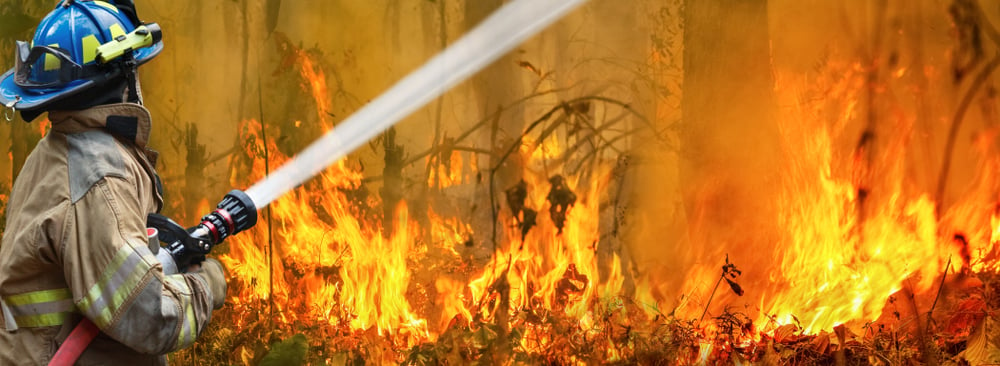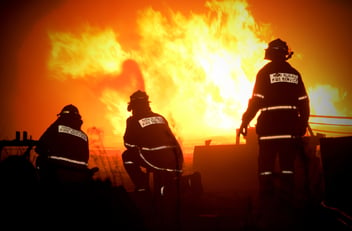Insurance Market Update: What to expect in 2020
Even before the latest catastrophic and deadly bushfires that have swept the country, Australia was experiencing some of the largest premium increases that have been on the rise since 2017. The bushfire season has months to run and could easily surpass the costliest fire season ever 2009’s Black Saturday fires in Victoria which had a price tag of an estimated $4.4bn according to Moody’s Analytics, part of the Moody’s Investors Service.
The bushfire season has months to run and could easily surpass the costliest fire season ever 2009’s Black Saturday fires in Victoria which had a price tag of an estimated $4.4bn according to Moody’s Analytics.
With insurers looking to reduce their volatility we are seeing a consolidation of insurers and a withdrawal by some insurers in certain lines of business such as Allianz, Swiss Re, Axis Capital and certain Lloyds Syndicates. Insurers have become increasingly more selective in their deployment of capital, focussing on their profitable accounts with a view to remove volatility from their portfolios. The result is a reduction in capacity, increased deductibles and premium increases.
In a recent report issued by global insurer Zurich, the world’s 3rd largest insurer, they expect to have more power to increase commercial rates more than it has seen in almost two decades as a result of the shortage of supply and global natural catastrophe payouts which has also impacted their rivals AIG International and Chubb. According to Zurich, renewals throughout the month of January are up 20% to 40% for some accounts and this trend is set to continue.
Local insurers have also been severely impacted including QBE, Insurance Australia Group, Suncorp and Allianz Australia; however Moody’s commented that the Australian property and casualty insurers losses from the bushfires will be manageable given their strong underwriting performance, high level of reserve adequacy and capital and strong reinsurance protection.

Roughly 10.3 million hectares (25.5 million acres) have burned while more than 2,900 homes have been destroyed in hundreds of bushfires occurring across a vast area of Australia, with most damage reported in NSW and VIC.
Moody’s went on the say that despite the manageable impact for insurers, the catastrophic fires highlight that the property and casualty insurance industry is at the forefront of environmental risk and that the industry is exposed to the economic consequences of climate change, primarily through the unpredictable effects of climate change on catastrophic weather related events such as bushfires, hurricanes, floods and drought.
On January 8th Boston based modelling firm AIR Worldwide said that roughly 10.3 million hectares (25.5 million acres) have burned while more than 1,500 homes have been destroyed in hundreds of bushfires occurring across a vast area of Australia, with most damage reported in NSW and VIC.
It is not only the property and liability losses that are having a major impact on premiums. According to global insurance broker Aon, the continued issues around Directors and Officers Liability claims are expected to result in further increases in deductibles and premiums, particularly for ASX list entities that already endured 100% increases in 2018 and in excess of 50% increases in 2019.
Professional Indemnity premiums are also set to rise with insurers experiencing increased scrutiny from overseas parent entities to return their books to profitability. This has led to a number of insurers including several Lloyds of London Syndicates withdrawing from underwriting Australian Professional Indemnity business, while Australian insurers are reassessing their appetite for certain professions. Consultants exposed to cladding risks such as fire engineers, building certifiers, façade manufacturers and valuers have experienced three figure premium increases if they have been able to obtain insurance at all.
2020 will be an extremely difficult year and you can expect increases in premiums and deductibles coupled with potentially reduced or restricted cover. The need for local organisations to access the global insurance marketplace via their insurance broker has never been more important.
Presented by Peter Sellwood, Insurance Manager at Procurement Australasia, we will be delivering a free workshop to businesses in Australia to understand key issues and requirements for 2020.



